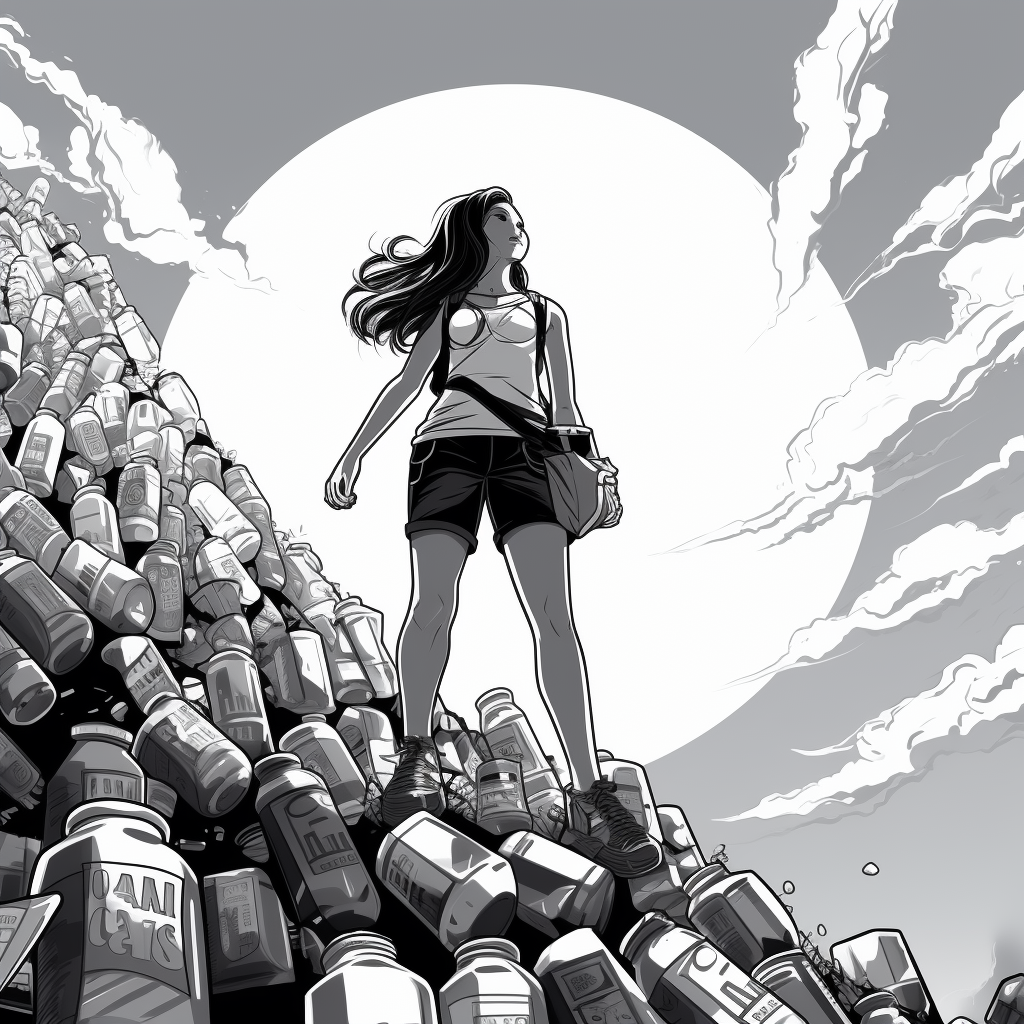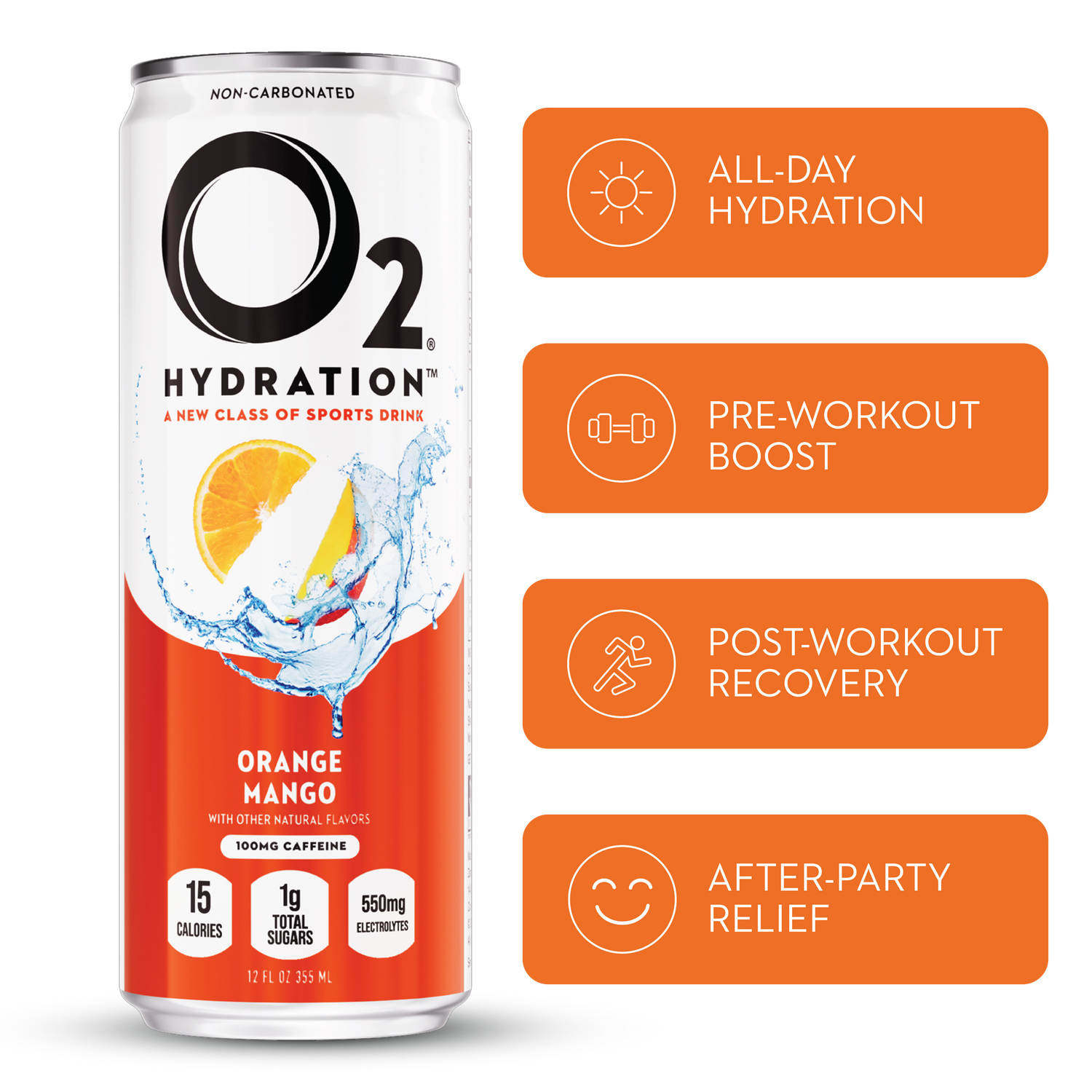
The sad saga of single-use plastic bottles: recycling bins or black hole?
Share
ARTICLE HIGHLIGHTS
THE BLUE BIN UNICORN FAIRY
So, it was all a lie. Mostly.
You know those trusty blue bins where you toss your single-use plastic bottles, dreaming of majestic transformation into eco-friendly treasures? Well, hold onto your O2, because the truth is about to hit you like 40 metric tons of un-recycled plastic.
Perhaps it’s your one superhero moment of the day: you triumphantly hurl that empty sports drink bottle into the blue bin, feeling like you've just saved a seal pup…

But the U.S. Environmental Protection Agency (EPA) is hiding the facts in plain sight – the overall plastic recycling rate in the U.S. hovers around a dismal 8.7%, the same likelihood you meant it the last time you said you love your in-laws.
So, where do all those plastic bottles go? To the mystical land of "out of sight, out of mind." You’ve been there before. Maybe you’ve been there today, thanks to PepsiCo or some other faceless plastic pusher.
Once those bottles go into the blue bin, they have less than a 30% chance of getting turned into something new - at a tremendous cost in oil and labor, mind you. Pre-recycled plastic is a commodity, and not a cheap one. So, most plastics (particularly of the type used to make single-use bottles) end up discarded in one way or another.
THE MAGIC PLASTIC SEA TORNADO
And, the recycling process isn’t exactly a well-oiled machine, so to speak. Bottles need to be sorted, cleaned, shredded, melted, and then transformed into something useful. When you look at each stage in this murky, expensive, ungainly process - from your bin to a newly recycled item - the truth becomes pretty clear: you have better odds of winning the lottery.
Not the jackpot, but still.
Unfortunately, most plastic bottles end up in landfills so vast you can see them from space. Or worse - in the ocean, where they accumulate in large “gyres” that are also big enough to see from space.

Single-use plastic bottles inevitably migrate to form these Earth-killing tumors, where they'll likely outlive your great-great-grandchildren's hamster. So, every time you toss a plastic bottle into the blue bin, remember the winning move was never buying it in the first place.
All of us are victims of what you might call "recycling theater." We do what we were told, pat ourselves on the back, and even pay extra to do it in a lot of states. But, just behind the curtain of blue bins is a mountain of un-recycled trash. And yes, you should be pissed about it.
BE A HERO BEFORE THE BIN
But, what can you do? It’s actually very easy - don’t buy those bottles. Just stop. Drink water from the tap (which is 100% safe in nearly every instance), use refillable containers, and buy products in recyclable aluminum - like O2.
Because unlike plastic, aluminum does get recycled. How do we know? Because they pay you for it. That’s how valuable it is, and that’s how bad we need it back, so we can refill it with O2.
The only people buying virgin aluminum these days are the defense industry and NASA - anything else aluminum is at least partially recycled, which is awesome.
So! Drink O2 because it’s better for you, but also because it really is better for the planet. We’re very proud to say we’re 100% carbon neutral, and it’s because more and more people like you are making smart choices.
